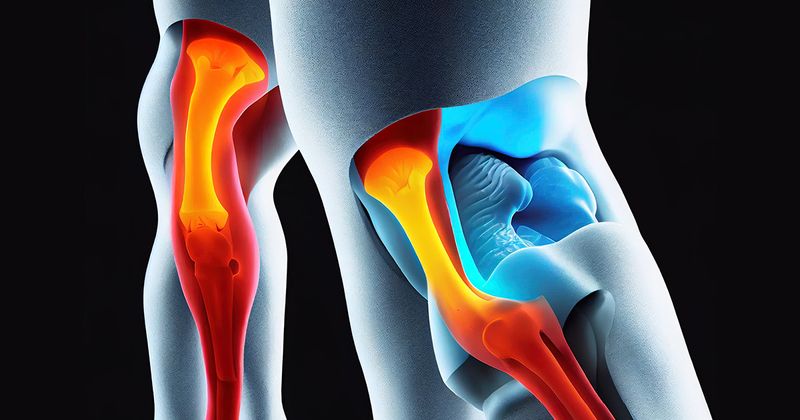Peroneus longus vs. hamstring autograft yielded early return to sport after ACL surgery
Key takeaways:
- Peroneus longus vs. hamstring tendon autograft may provide faster return to sport for patients undergoing ACL reconstruction.
- Peroneus longus autograft exhibited easy harvesting and minimal donor-site morbidity.
According to published results, doubled peroneus longus tendon autograft may provide faster return to sport vs. quadrupled hamstring tendon autograft for patients undergoing ACL reconstruction.
Researchers randomized 158 patients undergoing ACL reconstruction (ACLR) to receive either a doubled peroneus longus tendon (PLT) autograft (n = 85) or a quadrupled hamstring tendon (HT) autograft (n= 73) with 2-year follow-up. Outcome measures included IKDC and Tegner-Lysholm scores, as well as return to sport.

Researchers noted the mean diameter of PLT autografts (8.81 mm) was significantly larger than the mean diameter of HT autografts (8.17 mm). They also noted mean graft-harvesting time was shorter for PLT autografts (7.46 minutes) compared with HT autografts (10.28 minutes).
Overall, researchers found no significant differences between PLT and HT autografts for IKDC score, Tegner-Lysholm scores or rate of graft rupture at 2-year follow-up. However, they noted patients who received PLT autografts returned to sport at a mean 34 days faster than patients who received HT autografts. PLT autografts were also associated with a lower rate of donor-site morbidity and improved patient-reported outcomes at the knee at 6 months compared with HT autografts.
“PLT autograft is a suitable graft choice for ACLR in terms of its tensile strength, easy harvesting, knee functional outcomes and minimal donor-site morbidity,” the researchers wrote in the study.
They concluded PLT autograft could potentially help athletes return to sport faster.
